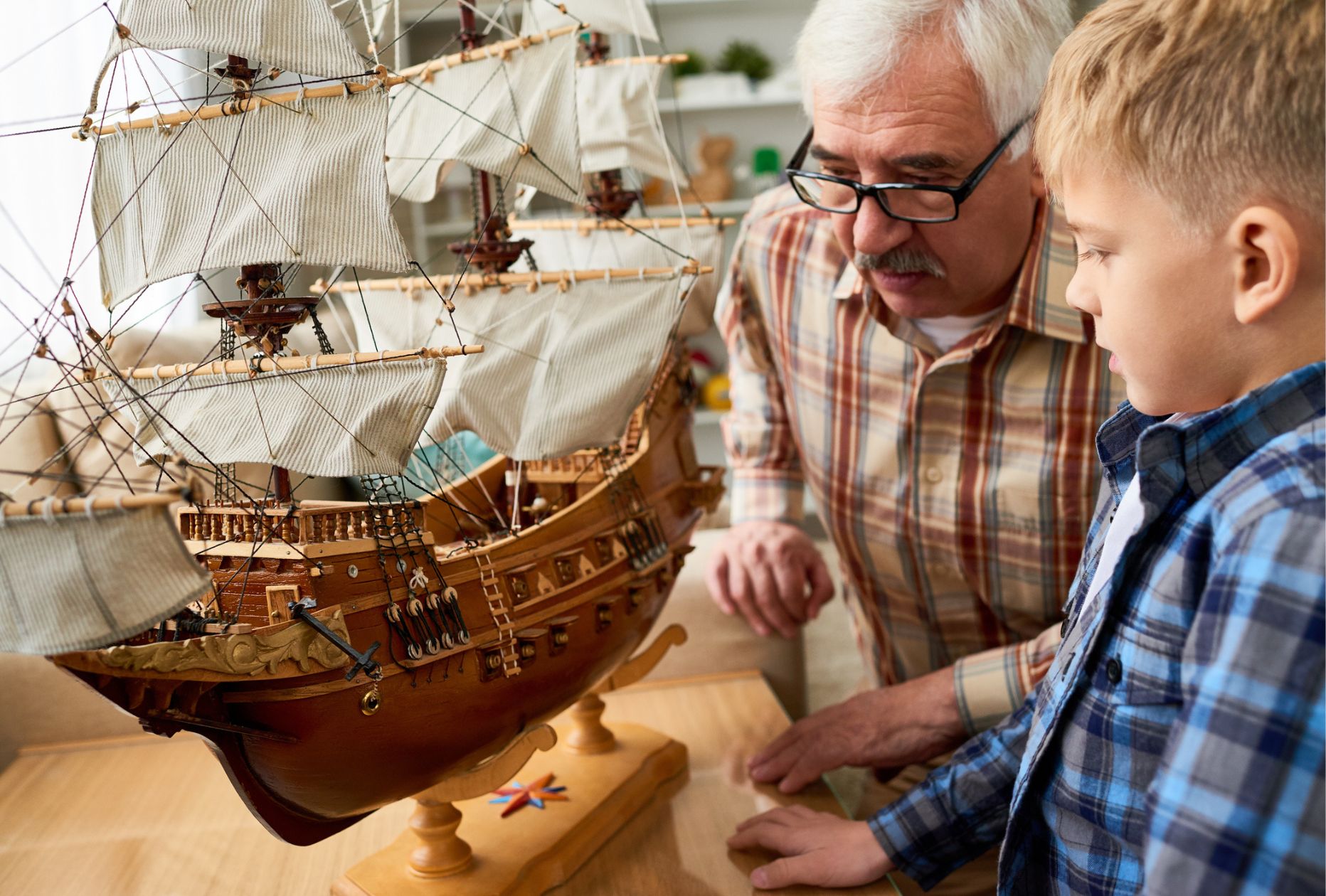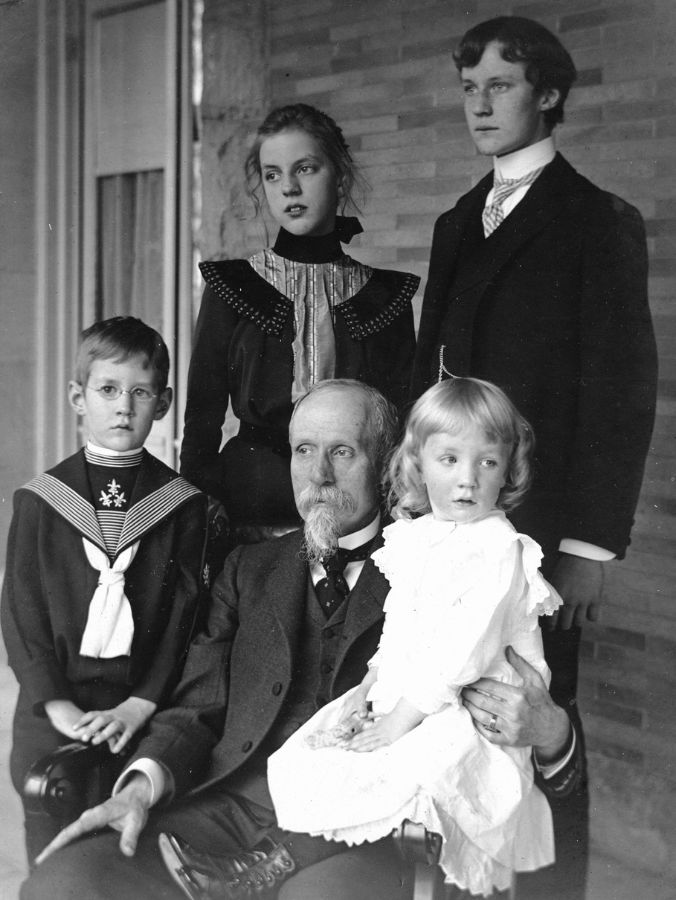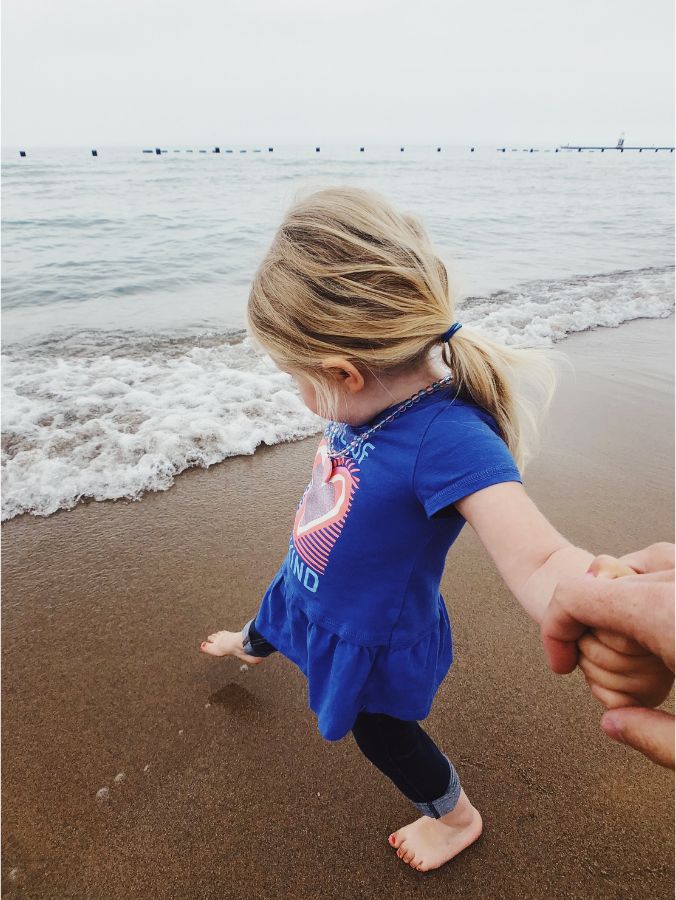-
Who We Are
Who We Are
For the last century, we’ve dedicated ourselves to empowering families like yours to prosper and endure. Like many of the leading families we serve, we have been through our own wealth journey.
Discover Pitcairn -
What We Do
Wealth Momentum®
The families we serve and the relationships we have with them are at the center of everything we do. Our proprietary Wealth Momentum® model harnesses powerful drivers of financial and family dynamics, maximizing the impact that sustains and grows wealth for generations to come.
Explore - Insights & News

Have you ever thought about who you would want to inherit your most cherished possessions after you pass away? Do you wish there was a way to convey information to your loved ones after you’re gone — outside of the official papers that lawyers and judges will read?
A letter of wishes can be a heartfelt way to help your loved ones understand the intent behind the formal estate plan you’ve created through your will and trusts. This informal document allows you to enhance your formal plans with personalized messages.
It also helps you memorialize preferences like who should receive cherished items whose value is mainly sentimental. For example, items such as an antique doll collection, grandparents’ love letters, or childhood Christmas ornaments. We’ve seen firsthand how letters of wishes can bring warmth and clarity to loved ones during the estate administration process.
What Is a Letter of Wishes?
A letter of wishes is a non-legally binding document that clarifies for your heirs the decisions you’ve made in your will and trusts. Also called a side letter or letter of intent, it can be an ideal way to explain why you’re leaving what to whom and how you hope they will use it. It can also express why you aren’t leaving an inheritance to someone who might expect it.
Unlike your other estate planning documents, you can update a letter of wishes as often as you’d like with no cost and no attorney meetings. Changing your letter of wishes does not require you to revise your formal estate plan. And while a will becomes a public document through probate, your letter of wishes is private, allowing you to express yourself more openly.
What to Include in a Letter of Wishes
Many people use a letter of wishes to explain why they are leaving tangible items with high sentimental or monetary value to specific people.
Grace, my wonderful granddaughter, you have worked so hard to become an accomplished pianist. I am leaving you my Steinway baby grand piano because I know how much you loved practicing on it when you visited. Please continue to maintain it as I have, getting it tuned twice a year and serviced every three to five years.
You can also use a letter of wishes to express how you’d like certain items to be distributed when you don’t want to specifically state them in your will.
Dear Alan, Jeff, and Edward:
Please do not take my Royal Copenhagen ceramic plate collection to the thrift shop. It’s okay if you don’t want to keep it but please find it a good home with someone who will appreciate my hand-painted fine porcelain.
Anything you want your heirs to know that you may not be comfortable sharing with them during your lifetime can also go in your letter. We generally think it’s better to have two way discussions about these matters while you can, but we understand not everyone is up to it. If you’re leaving most of your assets to charity when your child is expecting to inherit them, you might use a letter of wishes to explain your rationale.
Mariana, there are so many people in the world who have not enjoyed the opportunities or good fortune I have. I think my wealth will make a far bigger difference to those less fortunate than it would to you. This decision has nothing to do with how much I love you.
A side letter can also be a place to discuss your funeral preferences.
To My Dearest Wife Carol:
Please respect my desire to be cremated. I do not want to be embalmed, and I do not want an open casket. I have no strong feelings about how you choose to handle my cremains. Funerals are for the living, so please do whatever you wish. If you’d prefer not to have a funeral, that’s fine.
For parents of young children, a letter of wishes can also provide guidance to guardians.
Eric and Jenny should continue to attend Chinese language classes every Saturday morning until they turn 16. I want them to be fluent in their grandparents’ native language and understand the culture they came from. After that, attendance is their choice.
You don’t need to have your letter witnessed or notarized, though doing so could add a layer of formality and assure your heirs of its date and authenticity.
Personalizing Your Legacy
A letter of wishes allows you to share the significance of your possessions and the thought process behind your decisions, providing context, comfort, and guidance to those you will leave behind. This letter is informal and completely optional. You don’t need to follow a particular format or include anything specific to make it “right.” But if you want guidance, we can provide a suggested outline and discuss what you’d like to include. Let us know if you’d like help adding this tool to your estate plan.
Disclaimer: Pitcairn Wealth Advisors LLC (“PWA”) is a registered investment adviser with its principal place of business in the Commonwealth of Pennsylvania. Registration does not imply a certain level of skill or training. Additional information about PWA, including our registration status, fees, and services is available on the SEC’s website at www.adviserinfo.sec.gov. This material was prepared solely for informational, illustrative, and convenience purposes only and all users should be guided accordingly. All information, opinions, and estimates contained herein are given as of the date hereof and are subject to change without notice. PWA and its affiliates (jointly referred to as “Pitcairn”) do not make any representations as to the accuracy, timeliness, suitability, completeness, or relevance of any information prepared by any unaffiliated third party, whether referenced or incorporated herein, and takes no responsibility thereof. As Pitcairn does not provide legal services, all users are advised to seek the advice of independent legal and tax counsel prior to relying upon or acting upon any information contained herein. The performance numbers displayed to the user may have been adversely or favorably impacted by events and economic conditions that will not prevail in the future. Past investment performance is not indicative of future results. The indices discussed are unmanaged and do not incur management fees, transaction costs, or other expenses associated with investable products. It is not possible to invest directly in an index. Projections are based on models that assume normally distributed outcomes which may not reflect actual experience. Consistent with its obligation to obtain “best execution,” Pitcairn, in exercising its investment discretion over advisory or fiduciary assets in client accounts, may allocate orders for the purchase, sale, or exchange of securities for the account to such brokers and dealers for execution on such markets, at such prices, and at such commission rates as, in the good faith judgment of Pitcairn, will be in the best interest of the account, taking into consideration in the selection of such broker and dealer, not only the available prices and rates of brokerage commissions, but also other relevant factors (such as, without limitation, execution capabilities, products, research or services provided by such brokers or dealers which are expected to provide lawful and appropriate assistance to Pitcairn in the performance of its investment decision making responsibilities). This material should not be regarded as a complete analysis of the subjects discussed. This material is provided for information purposes only and is not an offer to sell or the solicitation of an offer to purchase an interest or any other security or financial instrument.






